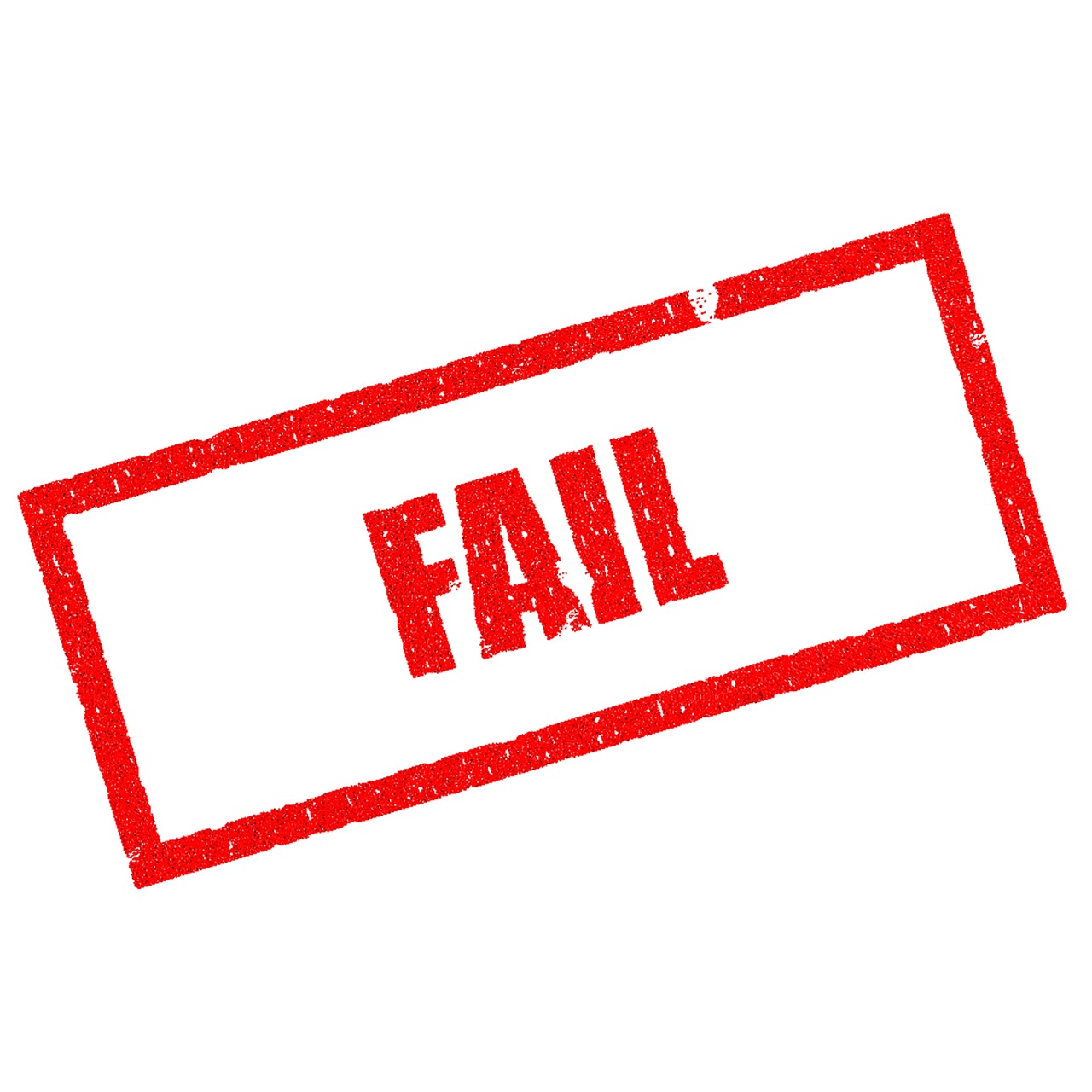The Tiger Woods soap opera isn’t just a gift to the tabloid press. It’s been a championship season for PR and crisis management advice. Even before the latest statement hit the Web, communications experts were scrambling to rehash the criticisms of last November and offer another round of self-serving counsel about what Woods should do to get his reputation out of the rough. Another day, another lesson in “apology PR.”
But the recent foray into the Woods bothered me, and not just for the typical reasons. It wasn’t the awkward, makeshift setup of his statement. Or the image of his mother in the front row, though that was strange, and, in my opinion, unnecessary. Or, even the fact that, at times, his delivery reminded me of a hostage video.
Actually, I think it’s apology fatigue. And maybe distaste for the advice industry that’s so eager to milk the situation. In the month of February alone, we’ve dissected the contrition of Toyota CEO Akio Toyoda, singer John Mayer, and, now, again, Tiger Woods. And, it’s not just professionals who take shots. It’s everybody. Everyone’s a PR expert, and, by now, a cynic. CNN reported an analysis of Twitter updates before the briefing that showed 20% of tweets dismissing it as “all PR” while 18% called it “overhyped.” If those numbers seem low, it’s only because the rest were slamming Woods with harsher phrases.
But, no matter how you feel about Tiger Woods, it seems that, even if heartfelt or skillfully delivered, apologies are now seen as pro forma PR. As the pundits would have it, there’s a standard rulebook and a checklist, and once you’re done, you can work your way back into the public’s good graces. It’s just business, right?
Wrong. Rebuilding a reputation is more complicated than going through the media motions. It’s not about a template, or a checklist, or a one-size-fits-all approach. And, it goes beyond public relations.
In fact, the last thing Tiger Woods needs right now is great PR. The masterfully crafted image of him as a model of personal discipline and dedicated family man is part of what got him into this mess in the first place. It backfired when the perception clashed so utterly with reality.
So, I’m going to hold back on more advice for Woods. Don’t get me wrong, I don’t admire how his situation has been handled. But, at this point, I agree with what a colleague expressed about Woods last December. “I used to think he had a PR problem,” he said. “Now, I think he has a life problem.”


